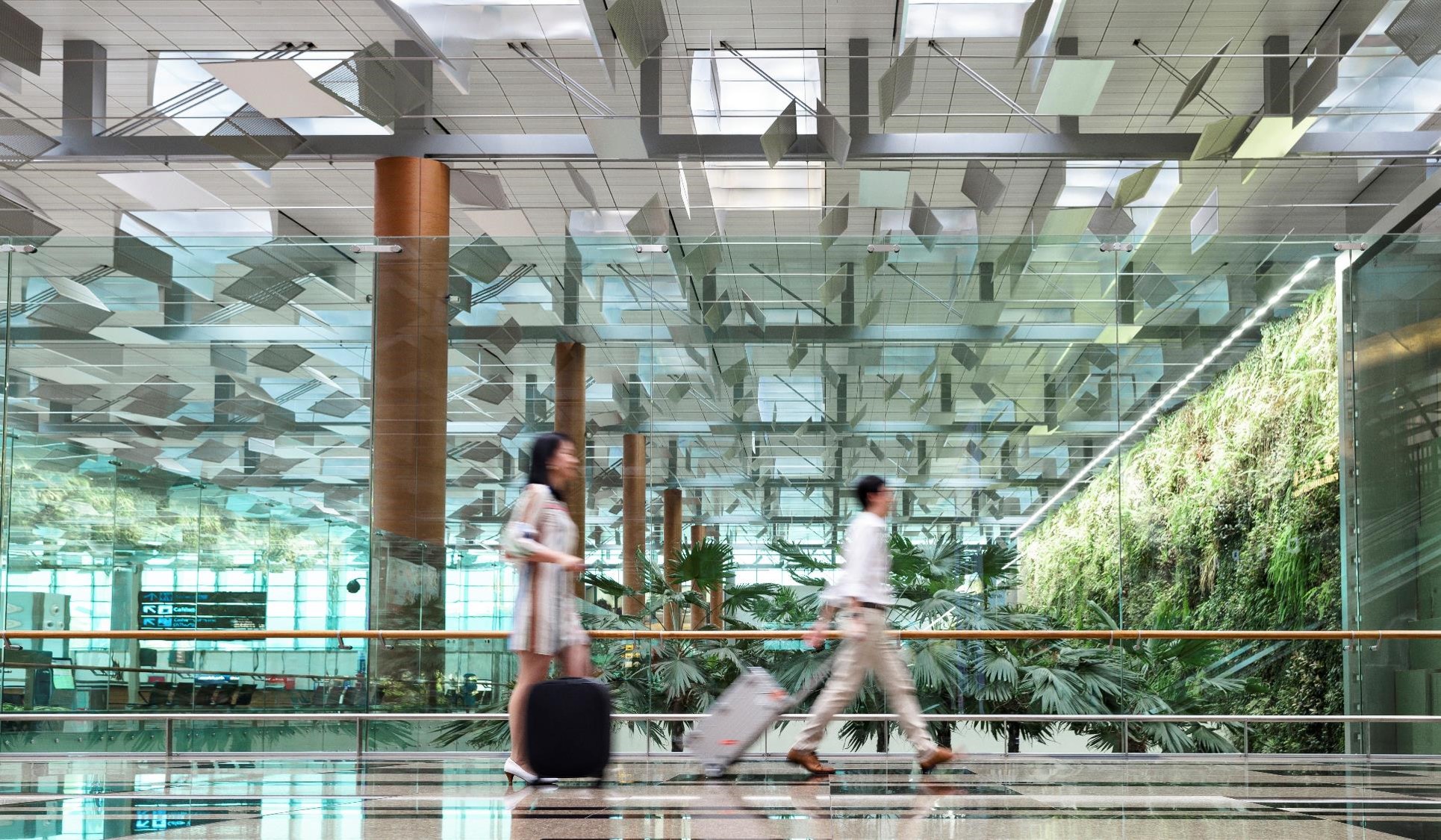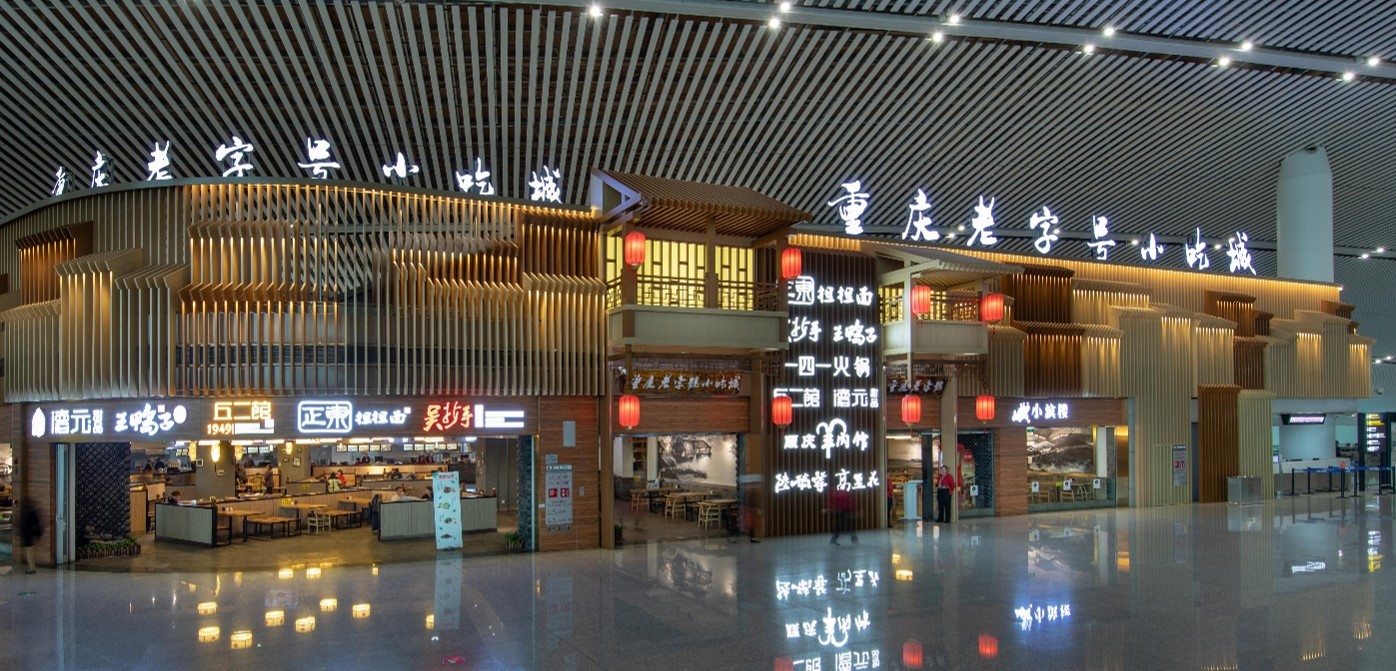





Oct 2021
By Kris Mok



View of the driver’s seat from outside the driving simulator
Safety is of the utmost importance at Changi Airport, especially in the airside where it is busy with vehicles and aircraft almost round the clock. Ensuring that its airside workers are equipped with the right qualifications, skills and safety awareness is one of the ways Changi maintains high safety standards in the aerodrome.
For any airside driver, there are many activities along the roads to take note of when driving. Besides watching out for the numerous airside vehicles and ground support equipment traversing to support operations, there are unique driving rules to take note of as well. Coupled with aircraft movements along taxiways and the need to ensure roadway or runway availability, training a new airside driver can be quite a challenge.
To improve training efficiency, Changi Airport Group (CAG) introduced an airfield driving simulator at its Airside Driving Centre. Using virtual reality (VR) technology, the airfield driving simulator augments current driving centre operations through the deployment of realistic training scenarios which closely mirror actual situations on the airside roads. Watch the video of the driving simulator here.



Screenshot of one of the training scenarios from the simulator
During the planning stage, besides showing the vendor around in the airside, the CAG team also shared Changi’s detailed aerodrome plan with them. This includes the layout of Changi’s runways, connecting taxiways, aircraft stands and airside roadways, as well as pavement markings, lights and guidance signs that a driver will see when driving in the aerodrome. This allows the vendor to model the scenarios as close to the actual scenes on-ground as possible.
To make training even more realistic, the VR technology is mounted on a real-life driver cabin simulator on a motion platform. Timothy Lim, Assistant Manager, Airside Management shared, “actual airside activities such as aircraft taxiing, aircraft landing and taking off were also built into the scenarios, together with ground-handling vehicles and crew that react to the trainees’ driving. These are instrumental to help a new driver to familiarise with the airside routes, as well as all the driving rules.”



External view of the driving simulator
The driving cabin is re-constructed from an airside vehicle with its original steering wheel, pedals and interior. Surrounded by a 360-degree video screen that gives the driver peripheral views of the surroundings outside his driving cabin, the immersive set-up even imitates motions such as starting, accelerating and stopping of the vehicle.



Training scenarios include both day and night views, as Changi Airport is operational round the clock
The simulator currently has a total of 14 driving scenarios, of which six are designed to train drivers operating on common airside roadways and taxiways, where they will interact with aircraft, both on taxi and on tow.
The other eight scenarios are dedicated to drivers who might need to drive on runways during their course of duty, such as the airfield pavement inspection team and the Airport Emergency Service, who are responsible for aircraft rescue and fire-fighting operations at Changi Airport.
Each scenario is designed with both routine and special circumstances, to enable drivers to be trained for all types of situations, even those which they will not usually encounter. The simulator captures any safety or driving violations in real-time, and a report will be generated at the end of the session, which the trainer can use to review the session with the trainee.
An important benefit of the simulator is that it provides a safe environment for the trainee driver to practice selected scenarios repeatedly, enabling them to hone their driving skills faster and at no risk. Being able to select the scenarios at the touch of a button also translates to time saved, as drivers no longer need to travel physically to a particular location before they can practice that scenario, nor wait for a particular roadway or runway to be available on a busy day, resulting in more time spent on actual training and improved training effectiveness.
Mohamad bin Osman, Technical Officer, Engie Services Singapore Pte Ltd shared, “The scenarios in the simulator were very realistic! This helped me in familiarising with the manoeuvring areas in the airside, giving me added confidence for my practical session.”
Through leveraging technology and innovation to enhance training safety and efficiency, as well as removing the stress of training in a real-life environment, CAG hopes to improve the learning experience for all new airside drivers.
Other Articles

Changi Airport Connector wins multiple awards for unique design
One year since its opening, the Changi Airport Connector has continued to bring new experiences to visitors and the community-at-large.

How Changi Airport strives to be a sustainable airport
Changi Airport Group has committed to a target of zero carbon growth
till 2030.

Sharing Changi’s Expertise at Chongqing Airport
Changi Airports International and Chongqing Airport Group form a joint venture to manage the non-aeronautical business of Chongqing Jiangbei International Airport.

